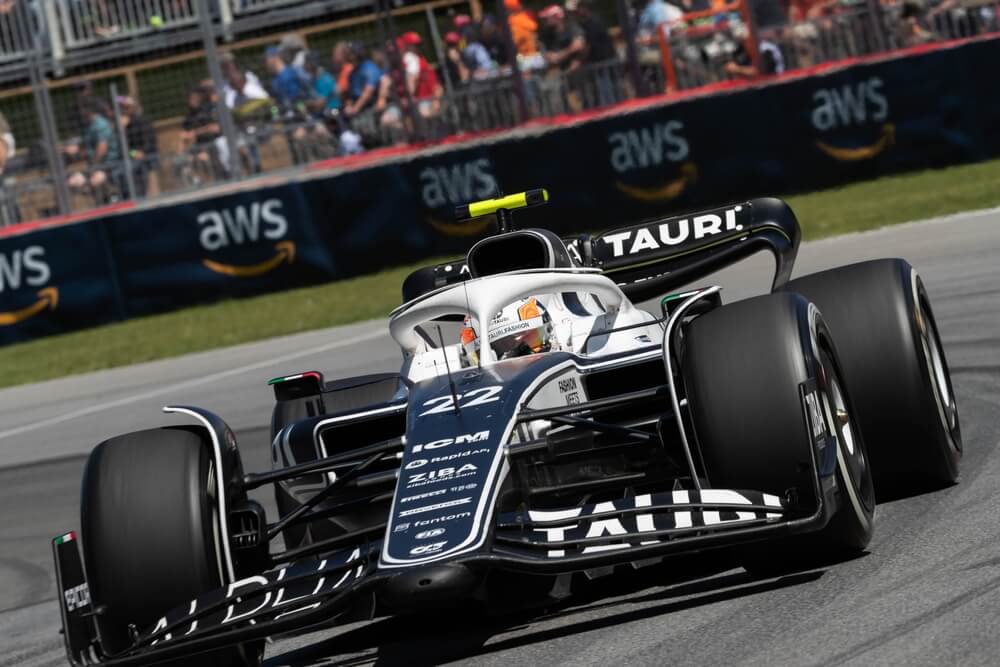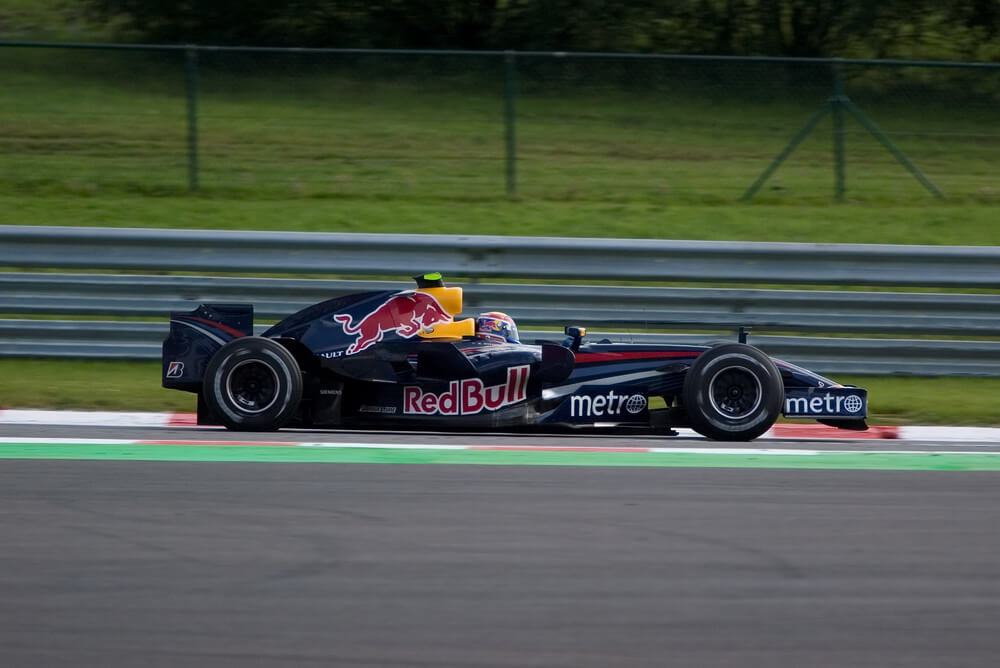In the world of Formula One (F1) racing, where every fraction of a second matters, understanding the intricacies of the point system is paramount.
Whether you’re a die-hard fan, a curious observer, or an aspiring driver, delving into the depths of the F1 point system can enhance your appreciation for the sport and shed light on the strategies employed by teams and drivers.
Table of Contents
Watch this video to learn more about the F1 point system.
Understanding the Current Point System
The current F1 point system is designed to reward both consistency and excellence. The system is structured in a way that places a premium on finishing higher in the race standings. Let’s delve into the specifics of how points are allocated in today’s F1 championship battles.
Race Classification
In each race, the top ten finishers are awarded points, with the winner securing the most points. The distribution of points in Formula 1 is as follows:
- 1st place: 25 points
- 2nd place: 18 points
- 3rd place: 15 points
- 4th place: 12 points
- 5th place: 10 points
- 6th place: 8 points
- 7th place: 6 points
- 8th place: 4 points
- 9th place: 2 points
- 10th place: 1 point
These points play a pivotal role in determining the championship standings at the end of the season.
Additional Points
In addition to the points awarded for finishing positions, there are opportunities to earn additional points throughout the race weekend. The driver who sets the fastest lap during the race is awarded an extra point. This provision not only adds an element of excitement but also encourages drivers to push their limits until the very end.
Point Distribution Strategy
The distribution of points in the current F1 system serves a dual purpose. It recognizes exceptional performance while ensuring that consistent results over the course of the season hold substantial value.
By awarding more points to higher finishing positions, the F1 point system effectively emphasizes the significance of winning races and securing podium finishes. This approach motivates drivers to aim for the top spots, as these results can have a profound impact on their championship aspirations.
Evolution of the Point System
The F1 point system has evolved significantly over the years, reflecting the changing landscape of the sport and the quest for fair and competitive racing. From its humble beginnings to the current structure, let’s explore the key milestones that have shaped the point system we see today.
In the early years of F1, during the 1950s and 1960s, the point system was relatively simple. Only the top few finishers would be awarded points, with the winner usually receiving 8 points. However, as the sport grew in popularity and competitiveness, adjustments were necessary to provide a more comprehensive assessment of driver and team performance.
Implications of the Point System
Championship Contenders
The F1 point system plays a pivotal role in shaping the championship battles that captivate fans worldwide. Consistency becomes paramount as drivers strive to accumulate as many points as possible throughout the season.
With the gap between victory and defeat often being a matter of a few points, championship contenders must not only chase race wins but also aim for consistent podium finishes. Even a single point gained or lost can prove decisive in the final championship standings.
Team Strategy
Teams meticulously strategize their approach based on the F1 point system. They must strike a delicate balance between supporting their lead driver’s championship ambitions and maximizing their overall points as a team.
For instance, a team may opt to implement team orders to ensure their lead driver secures maximum points by prioritizing their position during the race. On the other hand, teams may adopt different strategies for their second driver, such as focusing on supporting their lead driver or pursuing opportunities to gain valuable points in races where the lead driver may encounter difficulties.
Furthermore, teams analyze the championship standings to determine which races hold greater significance for their overall point accumulation. Races with double points, like the season finale, often present teams with a strategic dilemma, as they must balance the potential risk and reward of pursuing those higher stakes.
Driver Performance Evaluation
The F1 point system serves as a critical tool for evaluating driver performance throughout the season. Consistently scoring points showcases a driver’s ability to perform under various conditions, handle pressure, and make the most of their opportunities.
However, it is essential to consider factors beyond the point totals alone. Assessing a driver’s performance requires a comprehensive analysis of their racecraft, overtaking skills, defensive maneuvers, and strategic decision-making. While points provide a quantitative measure, they should not be the sole determinant of a driver’s talent and potential.

Criticisms and Proposals for Change
No system is without its critics, and the F1 point system is no exception. While it has undergone several revisions over the years, there are ongoing discussions regarding potential modifications to further enhance the sport’s competitiveness and spectacle. Let’s explore some common criticisms and proposed changes:
Criticisms of the Current System
One common criticism of the current F1 point system is that it places excessive emphasis on race wins, potentially diminishing the value of consistent podium finishes and solid point-scoring performances. Some argue that a flatter point distribution could foster tighter championship battles and reward drivers who consistently perform at a high level.
Additionally, there are debates about the allocation of additional points for the fastest lap. While it adds an exciting element to the races, some argue that it could lead to artificial scenarios where drivers pit for fresh tires solely to chase the extra point, potentially compromising the integrity of the competition.
Proposed Changes
Various proposals have been put forward to refine the F1 point system. One suggestion is to introduce a sliding scale, where the points awarded decrease progressively from the winner to lower positions. This approach would aim to strike a balance between rewarding race wins and recognizing consistent performance.
Another proposal involves adjusting the point distribution to incentivize drivers to push for higher positions. For instance, granting more points for finishing positions within the top three, or even increasing the number of points awarded for a race win, could intensify the competition and heighten the value of securing victories.
It is worth noting that any changes to the point system must undergo thorough analysis and consideration, taking into account the potential implications and maintaining fairness and integrity in the sport.
Frequently Asked Questions
1. How does the current Formula One point system work?
2. Why is the point distribution in Formula One skewed towards higher finishing positions?
3. Are there any additional ways to earn points in Formula One?
Conclusion
The Formula One point system serves as the backbone of the sport, shaping championship battles, driving team strategies, and providing a measure of driver performance. Understanding its intricacies enhances our appreciation for the sport and allows us to delve deeper into the strategies employed by teams and drivers.
As the F1 point system continues to evolve, it is essential to strike a balance between rewarding exceptional performances and recognizing the value of consistency. Ongoing discussions and proposed changes demonstrate the sport’s commitment to adapting and refining the system to ensure a thrilling and fair competition.
So, the next time you watch a Formula One race, take a moment to reflect on the points being scored and their significance in the wider championship picture. Behind those numbers lies the story of triumph, rivalry, and the pursuit of excellence that fuels the heart of Formula One.
Article sources
Learn more about Formula One
Want to learn more about F1? Then visit our Formula 1 glossary and dictionary.



